Straight-twin Engine on:
[Wikipedia]
[Google]
[Amazon]
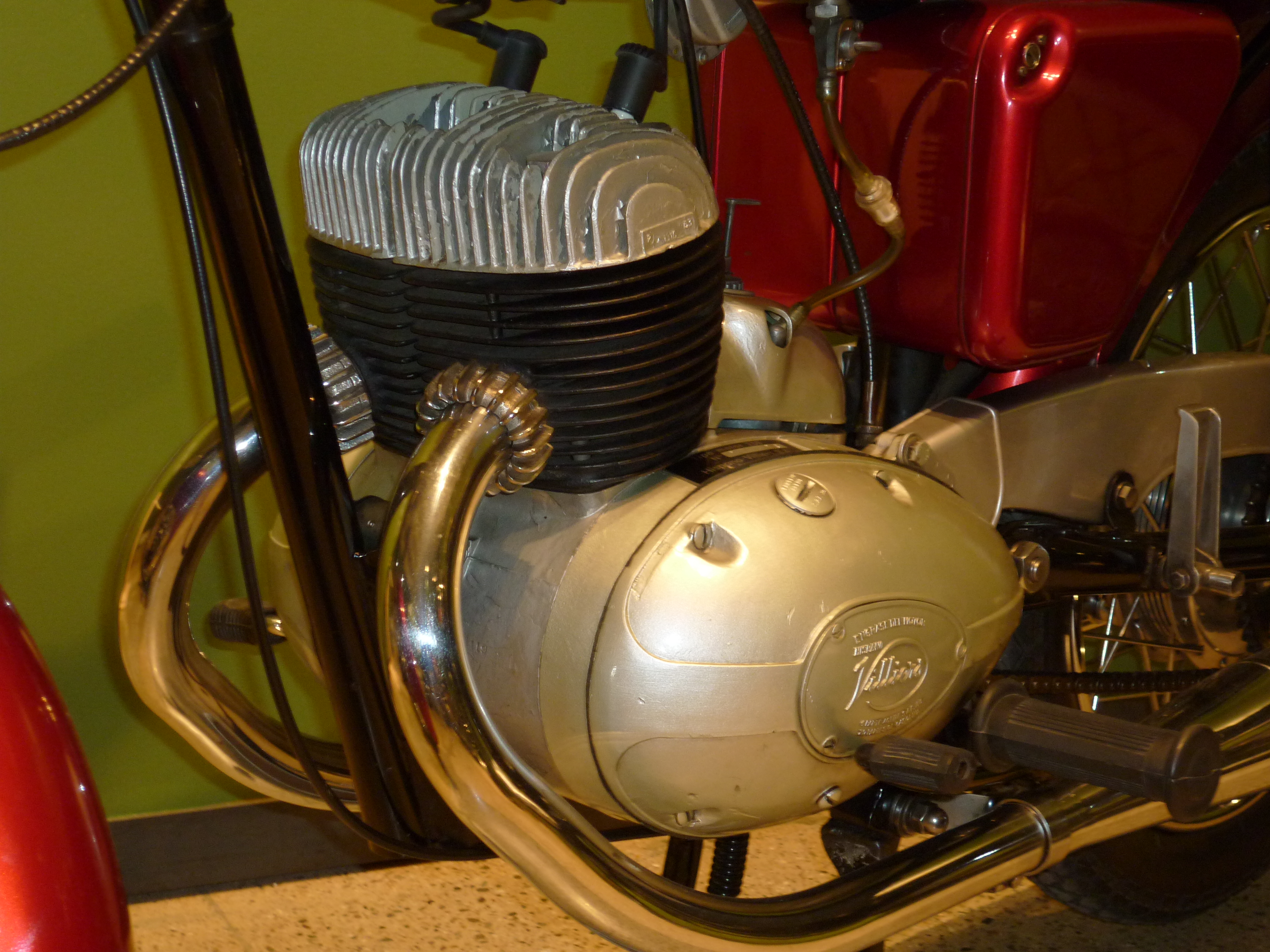
 A straight-twin engine, also known as an inline-twin, vertical-twin, inline-2, or parallel-twin, is a two-cylinder
A straight-twin engine, also known as an inline-twin, vertical-twin, inline-2, or parallel-twin, is a two-cylinder
 The most common
The most common
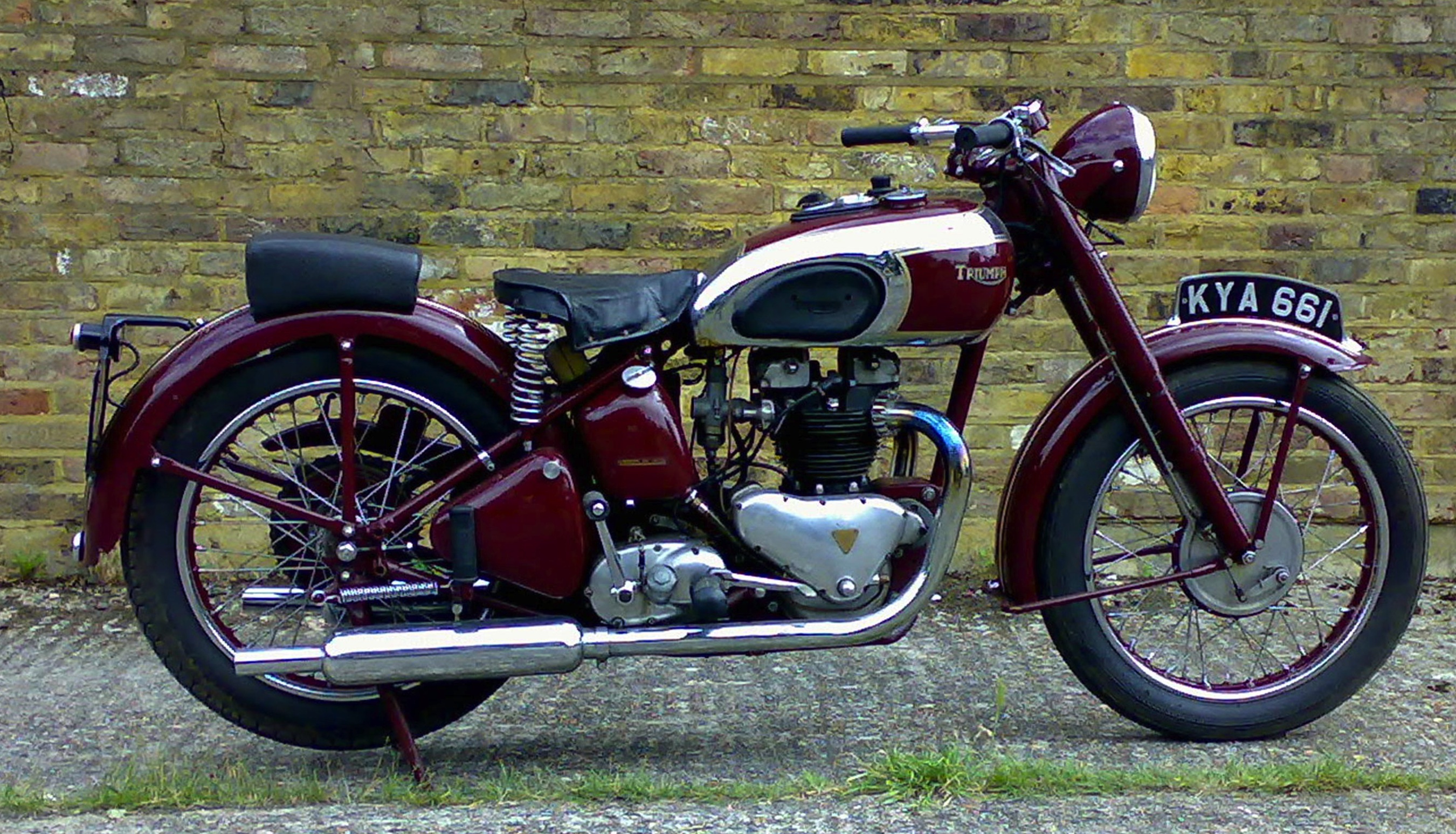 The world's first production motorcycle, the 1894
The world's first production motorcycle, the 1894
 Many large British motorcycles from 1945 to the 1960s used a straight-twin
Many large British motorcycles from 1945 to the 1960s used a straight-twin
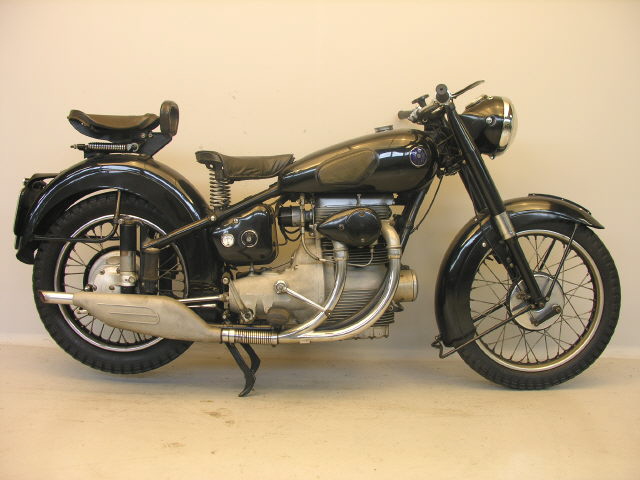
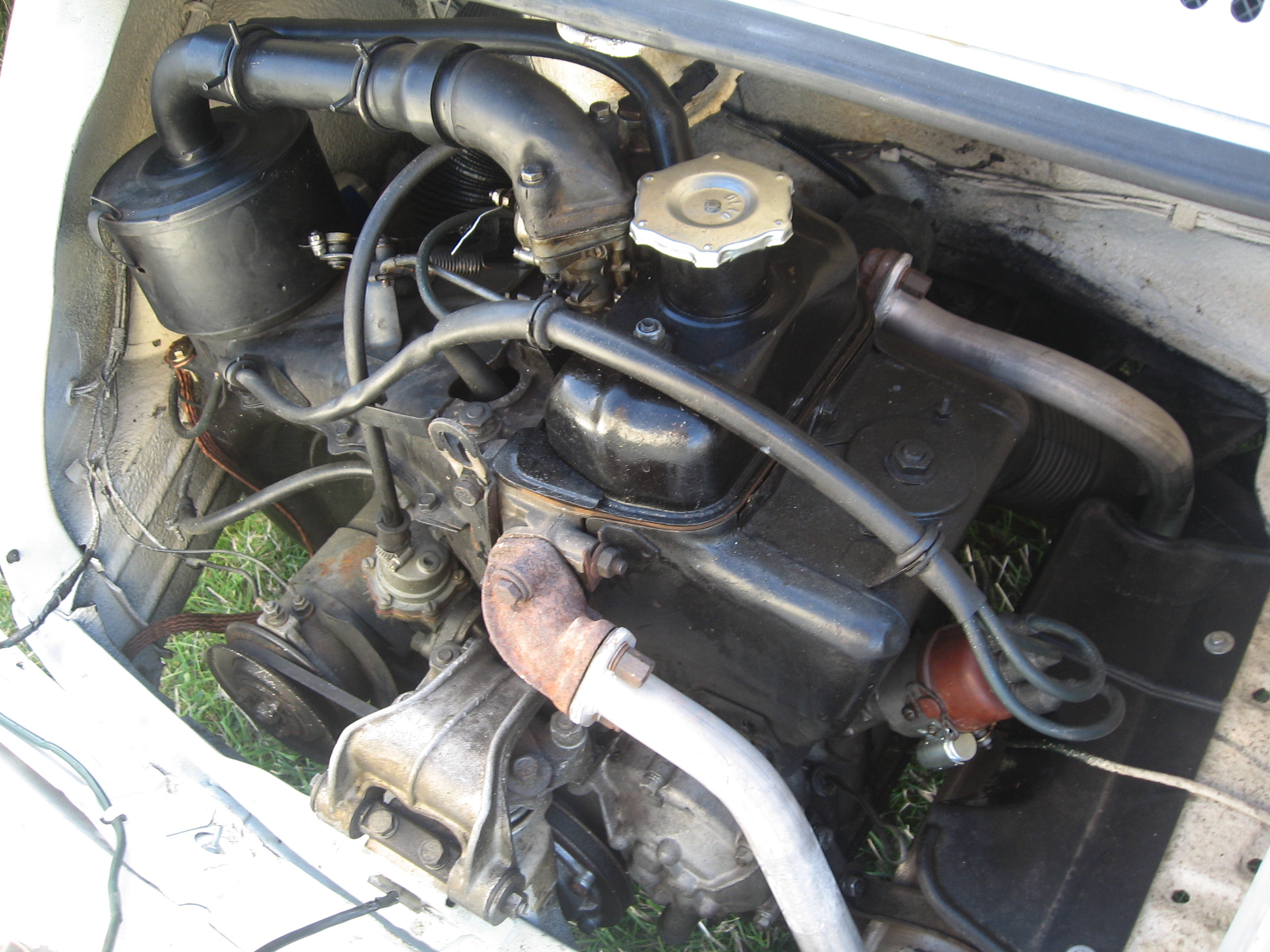 Although two-cylinder engines are quite uncommon in cars, the straight-twin layout has been used for several automobile engines over time.
The first known straight-twin engine was a variant of the Daimler Motors' ''Phoenix'' engine introduced in 1895; these engines were used in
Although two-cylinder engines are quite uncommon in cars, the straight-twin layout has been used for several automobile engines over time.
The first known straight-twin engine was a variant of the Daimler Motors' ''Phoenix'' engine introduced in 1895; these engines were used in
 Straight-twin engines have been often used as inboard motors, outboard motors and
Straight-twin engines have been often used as inboard motors, outboard motors and
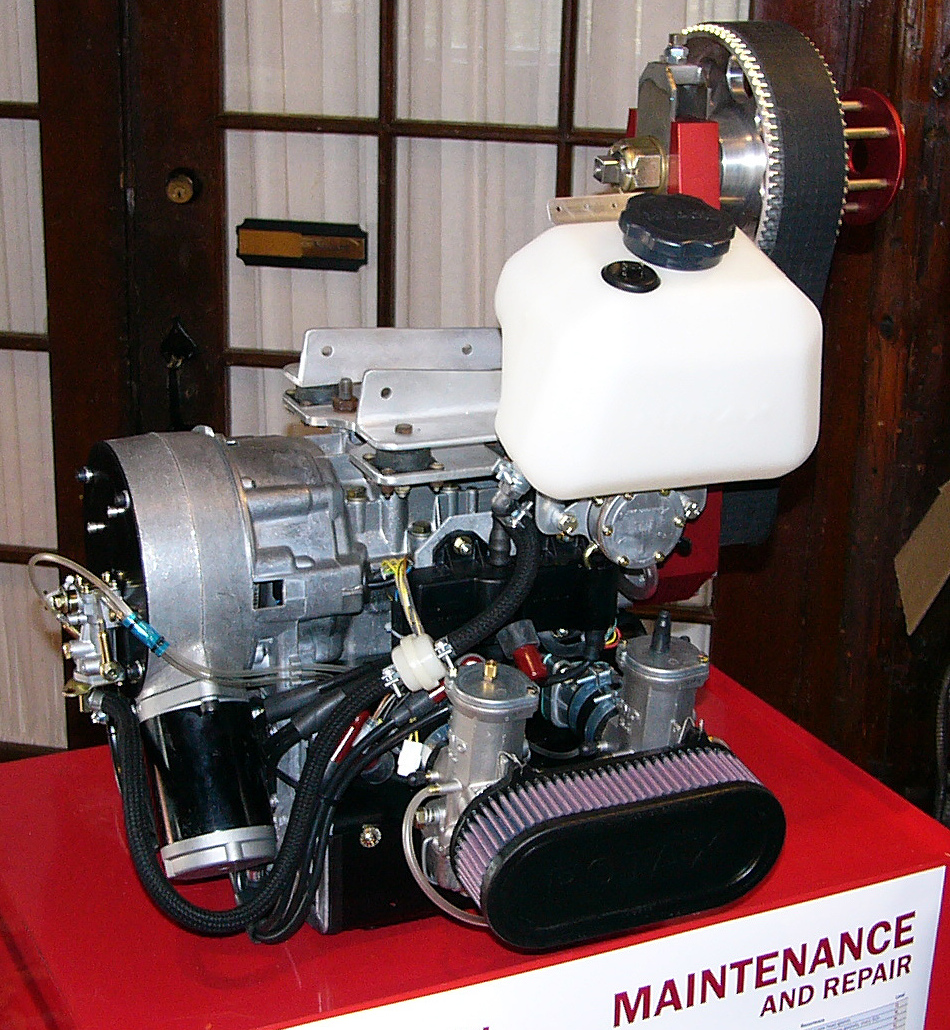 Other uses include
Other uses include
 A straight-twin engine, also known as an inline-twin, vertical-twin, inline-2, or parallel-twin, is a two-cylinder
A straight-twin engine, also known as an inline-twin, vertical-twin, inline-2, or parallel-twin, is a two-cylinder piston engine
A reciprocating engine, more often known as a piston engine, is a heat engine that uses one or more Reciprocating motion, reciprocating pistons to convert high temperature and high pressure into a Circular motion, rotating motion. This article ...
whose cylinders are arranged in a line along a common crankshaft.
Straight-twin engines are primarily used in motorcycles; other uses include automobiles, marine vessels, snowmobiles, jet ski
A personal watercraft (PWC), also called Jet Ski or water scooter, is a primarily recreational watercraft that is designed to hold only a small number of occupants, who sit or stand on top of the craft, not within the craft as in a boat.
P ...
s, all-terrain vehicles, tractors and ultralight aircraft.
Various different crankshaft configurations have been used for straight-twin engines, with the most common being 360 degrees, 180 degrees and 270 degrees.
Terminology
The straight-twin layout is also referred to as "parallel-twin", "vertical-twin" and "inline-twin". Some of these terms originally had specific meanings relating to the crankshaft angle or engine orientation; however, they are often also used interchangeably. In the United Kingdom, the term "parallel-twin" is traditionally used for engines with a crankshaft angle of 360 degrees, since the two pistons are in the same direction (i.e. parallel to each other). "Vertical-twin" was used to describe engines with a crankshaft angle of 180 degrees, which causes the pistons to travel in opposite directions. The terms "straight-twin" and "inline-twin" were used more generically for any crankshaft angle. For motorcycles, "inline-twin" has sometimes referred to either alongitudinal engine
In automotive engineering, a longitudinal engine is an internal combustion engine in which the crankshaft is oriented along the long axis of the vehicle, from front to back.
See also: transverse engine
Use
This type of motor is usually used fo ...
orientation (i.e. with the crankshaft in line with the chassis) or a U-engine ( tandem twin) where the cylinders are arranged longitudinally in the chassis (although the two crankshafts are actually oriented transversely).
Design
Compared with V-twin engines andflat-twin engine
A flat-twin engine is a two-cylinder internal combustion engine with the cylinders on opposite sides of the crankshaft. The most common type of flat-twin engine is the boxer-twin engine, where both pistons move inwards and outwards at the same ti ...
s, straight-twins are more compact, a simpler design and cheaper to produce. Straight-twin engines can be prone to vibration, either because of the irregular firing interval present in 180° crank engines or the large uncountered reciprocating mass in 360° crank engines. Inline-twins also suffer further from torsional torque reactions and vibration.
Crankshaft angle
 The most common
The most common crankshaft
A crankshaft is a mechanical component used in a reciprocating engine, piston engine to convert the reciprocating motion into rotational motion. The crankshaft is a rotating Shaft (mechanical engineering), shaft containing one or more crankpins, ...
configurations for straight-twin engines are 360 degrees, 180 degrees, 270 degrees, and less common are 90 degrees.
; 360 degrees
In an engine with a 360 degree crankshaft, both pistons move up and down at the same time. However, the firing interval is offset between cylinders, with one of the cylinders firing during the first crankshaft rotation and then the other cylinder in the following rotation. This set up results an even 360 degree firing interval unlike other crank configurations in inline twin engines. The 360 degree engines can use a single ignition system for both cylinders, using a wasted spark system.
The imperfect primary balance is as per a single-cylinder engine of equivalent reciprocating mass. Early engines attempted to reduce vibration through counterweights on the crankshaft; however, later methods also included balance shaft
Balance shafts are used in piston engines to reduce vibration by cancelling out unbalanced dynamic forces. The counter balance shafts have eccentric weights and rotate in the opposite direction to each other, which generates a net vertical force ...
s and a separate weighted connecting rod. Compared with a single-cylinder engine, the more frequent firing interval (360 degrees compared with 720 degrees) results in smoother running characteristics, despite the similar dynamic imbalance.
From the 1930s, most British four-stroke straight-twin motorcycle engines used a 360 degree crankshaft, since this avoided the uneven intake pulsing of other configurations, thus preventing the need for twin carburettors. In the 1960s, even though Japanese motorcycles mostly switched to 180 degree crankshafts for engines sized from 250 to 500 cc, various smaller and larger engines continued to use a 360 degree crankshaft. Vibration was less of an issue for smaller engines, such as the 1965 Honda CB92 and 1979 Honda CM185. Larger engines, such as the 1969 Yamaha XS 650 and 1972 Yamaha TX750, often used balance shafts to reduce the vibration. The later 1978–1984 Honda CB250N/CB400N engines also used a 360 degree crankshaft, as does the 1989 Yamaha XTZ750 Super Ténéré. The 2008 BMW F series parallel-twin motorcycles also use 360 degree crankshafts, with a third "vestigial" connecting rod (acting as a counterbalance) and a rev limit of 9,000 rpm to reduce vibrations. In 2009 Fiat
Fiat Automobiles S.p.A., commonly known as simply Fiat ( , ; ), is an Italian automobile manufacturer. It became a part of Fiat Chrysler Automobiles in 2014 and, in 2021, became a subsidiary of Stellantis through its Italian division, Stellant ...
launched Multiair inline twin car engines that use 360 degree crankshaft which relied on balance shafts to reduce the vibrations.
; 180 degrees
In an engine with a 180 degree crankshaft, one piston rises as the other falls. In a four-stroke engine, the firing interval is uneven, with the second cylinder firing 180 degrees after the first, followed by a gap of 540 degrees until the first cylinder fires again. The uneven firing interval causes vibrations and results in a 'lumpy' power delivery. A 180° engine also requires a separate ignition system for each cylinder.
Perfect primary balance is possible with a 180 degree straight-twin engine; however, the design creates a rocking couple which requires use of a balance shaft to reduce the vibration. A 180 degree straight-twin engine has a secondary imbalance (similar to an inline-four engine); however, the lower reciprocating mass means that this often does not require treatment.
A 180° crankshaft engine suffers fewer pumping losses than a 360° twin, because displacement of the crankcase is relatively unchanged as the pistons move.
In the 1960s, Japanese motorcycle manufacturers favoured the use of 180 degree crankshafts, since the increased smoothness allowed higher rpm
Revolutions per minute (abbreviated rpm, RPM, rev/min, r/min, or r⋅min−1) is a unit of rotational speed (or rotational frequency) for rotating machines.
One revolution per minute is equivalent to hertz.
Standards
ISO 80000-3:2019 def ...
and thus higher power outputs. For example, the 1966 Honda CB450 180 degree crankshaft engine has a similar power output to contemporary British 360 degree crankshaft engines, despite having a smaller displacement of 450 cc compared with 650 cc. Both the 1973 Yamaha TX500 and the 1977 Suzuki GS400 had a 180 degree crankshaft and a balance shaft. Since 1993, most Honda straight-twin motorcycle engines use 180 degree crankshafts.
Two-stroke engine
A two-stroke (or two-stroke cycle) engine is a type of internal combustion engine that completes a Thermodynamic power cycle, power cycle with two strokes of the piston, one up and one down, in one revolution of the crankshaft in contrast to a f ...
s typically use a 180 degree crankshaft, since this results in two evenly-spaced power strokes per revolution. The fundamental frequency
The fundamental frequency, often referred to simply as the ''fundamental'' (abbreviated as 0 or 1 ), is defined as the lowest frequency of a Periodic signal, periodic waveform. In music, the fundamental is the musical pitch (music), pitch of a n ...
of vibration is twice that of an equivalent single-cylinder engine; however, the amplitude is halved. Two-stroke engines that do not use a 180 degree crankshaft include the 1972 Yankee
The term ''Yankee'' and its contracted form ''Yank'' have several interrelated meanings, all referring to people from the United States. Their various meanings depend on the context, and may refer to New Englanders, the Northeastern United Stat ...
.
; 270 degrees
In an engine with a 270 degree crankshaft, one piston follows three quarters of a rotation behind the other. This results in an uneven firing interval where the second cylinder fires 270 degrees after the first, followed by a gap of 450 degrees until the first cylinder fires again. This is the same pattern as a 90 degree V-twin engine, and both configurations have a similar 'pulsing' exhaust sound as a result. The pistons in a 270 degree straight-twin engine are never both stationary at the same time (as per a 90 degree V-twin engine), thereby reducing the net momentum exchange between the crank and pistons during a full rotation.
An imperfect primary balance is created in a 270 degree straight-twin engine, due to a combination of free force and rocking couple; a balance shaft is often used to compensate for this. The secondary balance of a 270 degree engine is perfect; however, the configuration does result in an unbalanced rocking couple.
The first production 270 degree straight-twin motorcycle engines were fitted to the 1996 Yamaha TRX850 and Yamaha TDM. Later examples include the 2009 Triumph Thunderbird, 2010 Norton Commando 961, 2012 Honda NC700 series, 2014 Yamaha MT-07, 2016 Triumph Thruxton 1200, 2018 Royal Enfield Interceptor 650 & Continental GT and 2019 BMW F900R. This architecture is proving popular among manufacturers, which are upgrading models that were previously equipped with other engine types, such as the 2016 Honda Africa Twin (formerly a V-twin), 2023 Honda Hornet (formerly an inline-4) or 2023 V-Strom 800 (the older design being equipped with a V-twin).
; 90 degrees
In an engine with a 90 degree crankshaft, one piston follows quarters of a rotation behind the other. This results in an uneven firing interval where the second cylinder fires 90 degrees after the first, followed by a gap of 630 degrees until the first cylinder fires again.
Probably CFMoto on year 2030s use this crankshaft
Main bearings
Each cylinder in a straight-twin engine has a separate crankpin, unlike V-twin engines which can use a common crankpin for bothconnecting rod
A connecting rod, also called a 'con rod', is the part of a reciprocating engine, piston engine which connects the piston to the crankshaft. Together with the crank (mechanism), crank, the connecting rod converts the reciprocating motion of the p ...
s. Most vintage British straight-twin motorcycle engines (such as Triumph, BSA, Norton and Royal Enfield) had two main bearings. Beginning in the late 1950s, most Honda straight-twin engines had four main bearings. Subsequent straight-twin engines had four or occasionally three main bearings.
Usage in motorcycles
History
 The world's first production motorcycle, the 1894
The world's first production motorcycle, the 1894 Hildebrand & Wolfmüller
The Hildebrand & Wolfmüller was the world's first production motorcycle. Heinrich and Wilhelm Hildebrand were steam-engine engineers before they teamed up with Alois Wolfmüller to produce their internal combustion ''Motorrad'' in Munich in 1894. ...
used a straight-twin engine. The cylinders lay flat and forward-facing, with the pistons connected directly to the rear wheel using a locomotive-style connecting rod. In 1903, the Werner Motocyclette became the second production motorcycle model, using a straight-twin engine with vertical cylinders. The Werner engine uses cast-iron cylinders with integral heads, side valves and has a displacement of 500 cc.
The 1938 Triumph Speed Twin was a successful straight-twin motorcycle which also led to straight-twin engines becoming more widely used by other brands. The engine was designed by Edward Turner and Val Page, and was initially used in the 1933 Triumph 6/1 sidecar hauler (which won the International Six Days Trial silver medal and the 1933 Maudes Trophy
The Maudes Trophy is a motorcycle award established in 1923 by George Pettyt, owner of Maudes Motor Mart, based in Great Portland Street, London, who promoted an impartially-observed endurance test for motorcycles and provided a challenge award to ...
). During the development of the engine, it was found that a 360 degree crank angle was better suited to the use of a single carburettor than a 180 degree crank angle.
Following the trend created by the Triumph Speed Twin, the most common design used by British motorcycle manufacturers until the mid-1970s was a four-stroke straight-twin engine with a 360 degree crankshaft. The manufacturers producing these motorcycles included BSA, Norton, Triumph, Ariel, Matchless
Matchless is one of the oldest marques of British motorcycles, manufactured in Plumstead, London, between 1899 and 1966. A wide range of models were produced under the Matchless name, ranging from small two-strokes to 750 cc Four-stroke cy ...
and AJS. Straight-twin engines were also produced by Italian and German manufacturers, along with the American manufacturer Indian.
In 1949, the AJS E-90 Porcupine won the 500 1949 Grand Prix World Championship, becoming the first and only straight-twin motorcycle to win the championship. This engine is one of few four-stroke straight-twins to use cylinders oriented horizontally rather than vertically.
Since the 2000s, BMW and several Japanese manufacturers have continued to produce straight-twin engines, mostly for middleweight models. Several large scooters have also used straight-twin engines, such as the 2001 Yamaha TMAX and the 2001 Honda Silver Wing. Straight-twin engines are also used in motocross sidecar racing.
Transverse-engined models
 Many large British motorcycles from 1945 to the 1960s used a straight-twin
Many large British motorcycles from 1945 to the 1960s used a straight-twin transverse engine
A transverse engine is an engine mounted in a vehicle so that the engine's crankshaft axis is perpendicular to the direction of travel. Many modern front-wheel drive vehicles use this arrangement. Most rear-wheel drive vehicles use a longitudinal ...
(i.e. oriented with the crankshaft perpendicular to the frame), such as the Triumph Bonneville and Norton Commando. This layout is well suited to air-cooling, since both cylinders receive equal airflow and the exhaust can exit in the well-cooled location at the front of each cylinder.
The transverse-engine straight-twin design has been largely replaced by V-twin engines; however, the straight-twin design has the advantage of easier packaging of ancillaries (such as the air-filter, carburettor and ignition components), which also improves access to ancillaries for maintenance/repairs. A straight-twin engine using a 270 degree crankshaft can have a similar sound and feel to a V-twin engine with an uneven firing order.
Longitudinal-engined models

Longitudinal engine
In automotive engineering, a longitudinal engine is an internal combustion engine in which the crankshaft is oriented along the long axis of the vehicle, from front to back.
See also: transverse engine
Use
This type of motor is usually used fo ...
straight-twin motorcycles are less common; however, examples include the 1930–1938 Dresch Monobloc and the 1949–1956 Sunbeam S7 and S8.
This engine orientation allows for a motorcycle as narrow as a single-cylinder engine, which reduces the aerodynamic drag, especially for the purpose of motorcycle racing. However, the main disadvantage for air-cooled engines is that the rear cylinder runs hotter than the front cylinder.
Usage in automobiles
 Although two-cylinder engines are quite uncommon in cars, the straight-twin layout has been used for several automobile engines over time.
The first known straight-twin engine was a variant of the Daimler Motors' ''Phoenix'' engine introduced in 1895; these engines were used in
Although two-cylinder engines are quite uncommon in cars, the straight-twin layout has been used for several automobile engines over time.
The first known straight-twin engine was a variant of the Daimler Motors' ''Phoenix'' engine introduced in 1895; these engines were used in Panhard
Panhard was a French motor vehicle manufacturer that began as one of the first makers of automobiles. It was a manufacturer of light tactical and military vehicles. Its final incarnation, now owned by Renault Trucks#Military vehicles, Re ...
cars that year. Another early straight-twin engined car was the 1898 Decauville Voiturelle, which used a pair of cylinders taken from a de Dion model mounted fore and aft and positioned below the seat.
Straight-twin engines have been used in various small cars, such as the 1957 Fiat 500
The Fiat 500 (, ) is an Economy car, economy / city car that was manufactured and marketed by Fiat Automobiles from 1957 until 1975. It was sold as a two-door semi-convertible or saloon car and as a three-door panel van or estate car.
Launched ...
, 1958 Subaru 360, 1958 NSU Prinz, 1962 Mitsubishi Minica
The is a model series of kei cars, produced by Mitsubishi Motors Corp. (MMC) over five generations, from 1962 to 2011, mainly for the Japanese domestic market.
The Minica was first built by Shin Mitsubishi Heavy-Industries, one of Mitsubishi He ...
, 1967 Honda N360, 1970 Honda Z600, 1972 Fiat 126
The Fiat 126 (Type 126) is a four-passenger, Rear-engine design, rear-engine, city car manufactured and marketed by Fiat over a twenty-eight year production run from 1972 until 2000, over a single generation. Introduced by Fiat in October 1972 at ...
, 1988 VAZ Oka, 1988 Dacia Lăstun, 1980 Daihatsu Cuore ''Cuore'', , the Italian-language word for "heart", may refer to:
* CUORE Experiment
The Cryogenic Underground Observatory for Rare Events (CUORE) – also ; ) – is a particle physics experiment located underground at the Laboratori Nazional ...
, and the 2008 Tata Nano.
As of January 2024, petrol straight-twin engines used in production cars currently just include the Fiat TwinAir engine (used in various models from Fiat, Lancia and Alfa Romeo).
The Piaggio Porter made use of a diesel straight-twin engine until 2020.
Usage in marine vessels
 Straight-twin engines have been often used as inboard motors, outboard motors and
Straight-twin engines have been often used as inboard motors, outboard motors and jet pump
An injector is a system of ducting and nozzles used to direct the flow of a high-pressure fluid in such a way that a lower pressure fluid is Entrainment (hydrodynamics), entrained in the jet and carried through a duct to a region of higher pres ...
motors.
In the early 20th century, gaff-rigged British fishing boats such as Morecambe Bay Prawners Lancashire Nobbys would sometimes retrofit an inboard engine, such as the Lister or the ''Kelvin
The kelvin (symbol: K) is the base unit for temperature in the International System of Units (SI). The Kelvin scale is an absolute temperature scale that starts at the lowest possible temperature (absolute zero), taken to be 0 K. By de ...
E2'' 3.0 litre petrol-paraffin engine.
From the 1950s, manufacturers of outboard motors had settled on the use of the basic inline engine design, cylinders stacked on top of each other with the crankshaft driving the propeller shaft. The ''Suzuki 15'' outbound motor was introduced in 1989.
Other uses
tractor
A tractor is an engineering vehicle specifically designed to deliver a high tractive effort (or torque) at slow speeds, for the purposes of hauling a Trailer (vehicle), trailer or machinery such as that used in agriculture, mining or constructio ...
s (such as various John Deere models until 1960), snowmobile
A snowmobile, also known as a snowmachine (chiefly Alaskan), motor sled (chiefly Canadian), motor sledge, skimobile, snow scooter, or simply a sled is a motorized vehicle designed for winter travel and recreation on snow.
Their engines normally ...
s, personal watercraft
A personal watercraft (PWC), also called Jet Ski or water scooter, is a primarily recreational watercraft that is designed to hold only a small number of occupants, who sit or stand on top of the craft, not within the craft as in a boat.
P ...
s, and all-terrain vehicle
An all-terrain vehicle (ATV), also known as a light utility vehicle (LUV), a quad bike or quad (if it has four wheels), as defined by the American National Standards Institute (ANSI), is a vehicle that travels on low-pressure tires, has a seat ...
s. Design variations include two-stroke, four-stroke, petrol, diesel, air-cooling, water-cooling, natural aspiration and turbocharging.
Ultralight aircraft
Ultralight aviation (called microlight aviation in some countries) is the flying of lightweight, 1- or 2-seat fixed-wing aircraft. Some countries differentiate between weight-shift control and Aircraft flight control system, conventional three-a ...
, single seat gyro-copters and small homebuilt aircraft have also used straight-twin engines, often using engines originally designed for snowmobiles such as the Hirth 2704 and Cuyuna 430-D. Purpose-built engines for ultralight aircraft include the Rotax 503 and Rotax 582
The Rotax 582 is a two-stroke cycle, two-stroke, two-cylinder, rotary intake valve, oil-in-fuel or oil injection pump, liquid-cooled, gear reduction-drive aircraft engine manufactured by Rotax, BRP-Rotax GmbH & Co. KG. It is for use in non-ce ...
. Straight-twin engines are sometimes also used in large scale radio-controlled aircraft
A radio-controlled aircraft (often called RC aircraft or RC plane) is a small flying machine that is radio controlled by an operator on the ground using a hand-held radio transmitter. The transmitter continuously communicates with a receiver (rad ...
.
See also
*Flat-twin engine
A flat-twin engine is a two-cylinder internal combustion engine with the cylinders on opposite sides of the crankshaft. The most common type of flat-twin engine is the boxer-twin engine, where both pistons move inwards and outwards at the same ti ...
* List of motorcycles by type of engine
List of motorcycles by type of engine is a list of motorcycles by the type of motorcycle engine used by the vehicle, such as by the number of cylinders or configuration.
A transverse engine is an engine mounted in a vehicle so that the engine's cr ...
* V-twin engine
References
{{Piston engine configurations 2